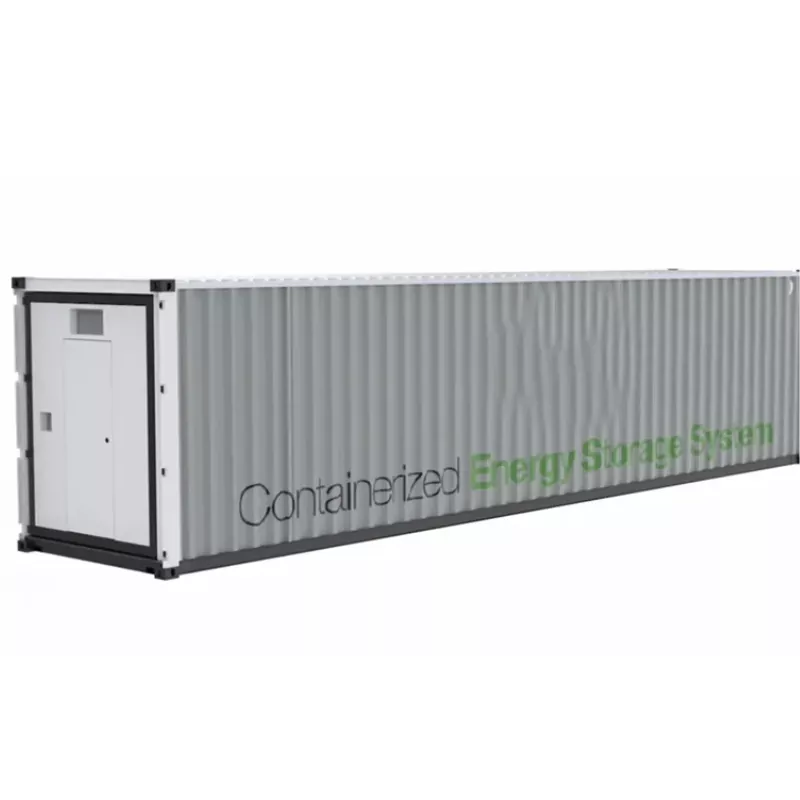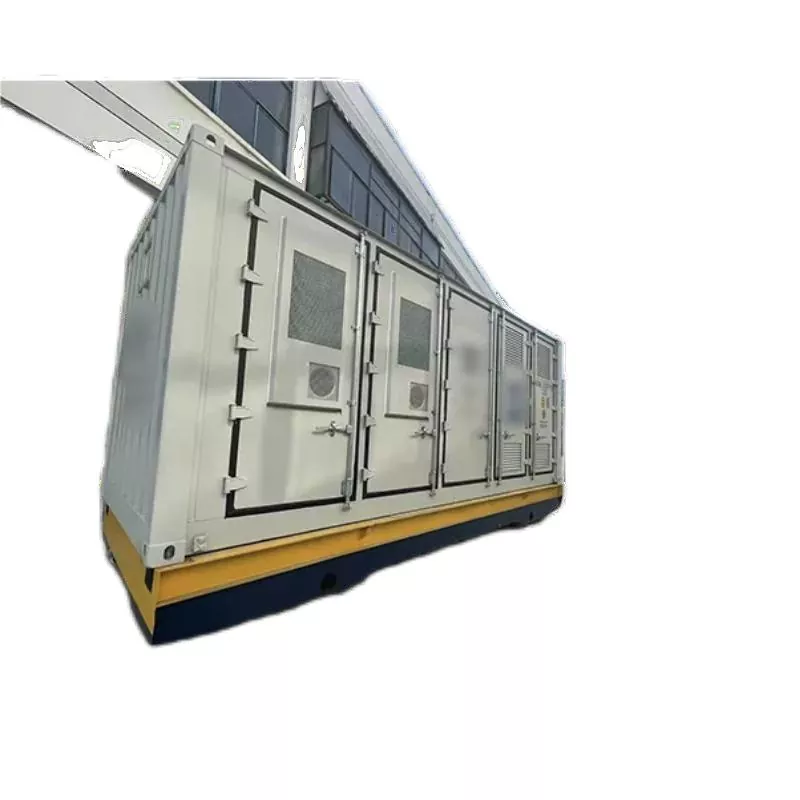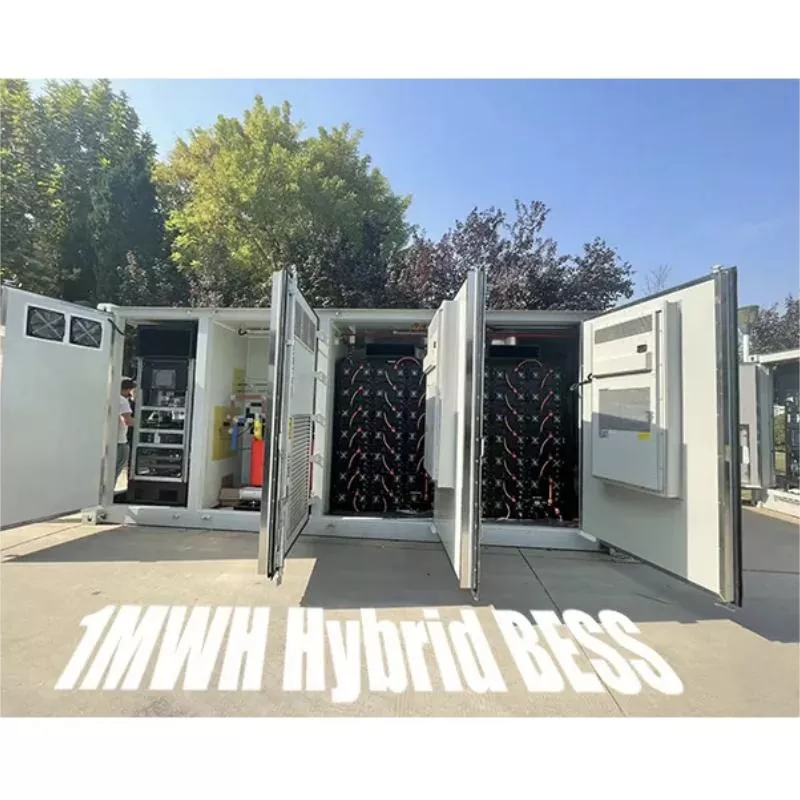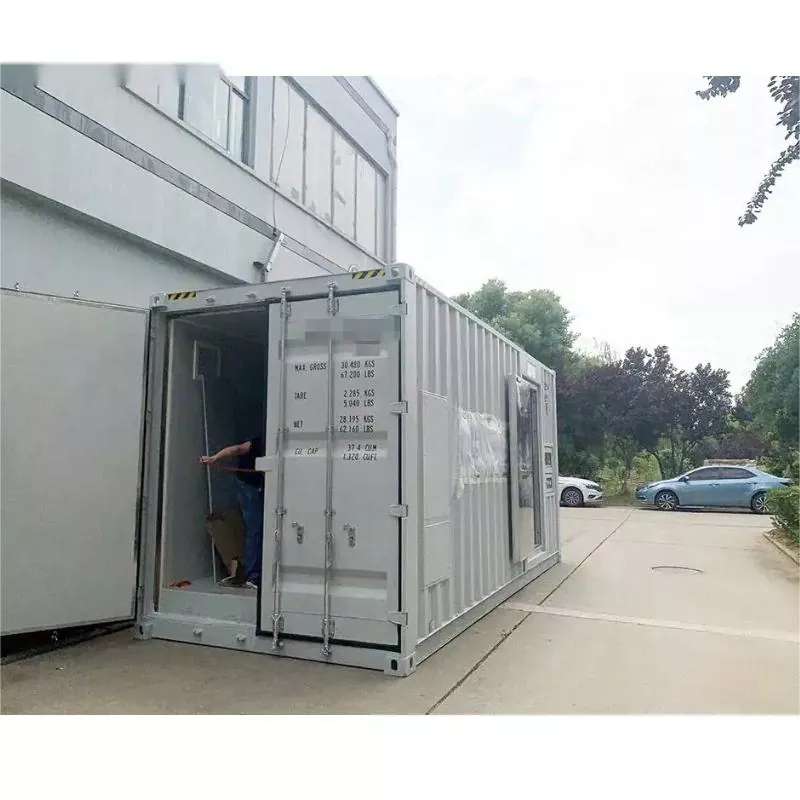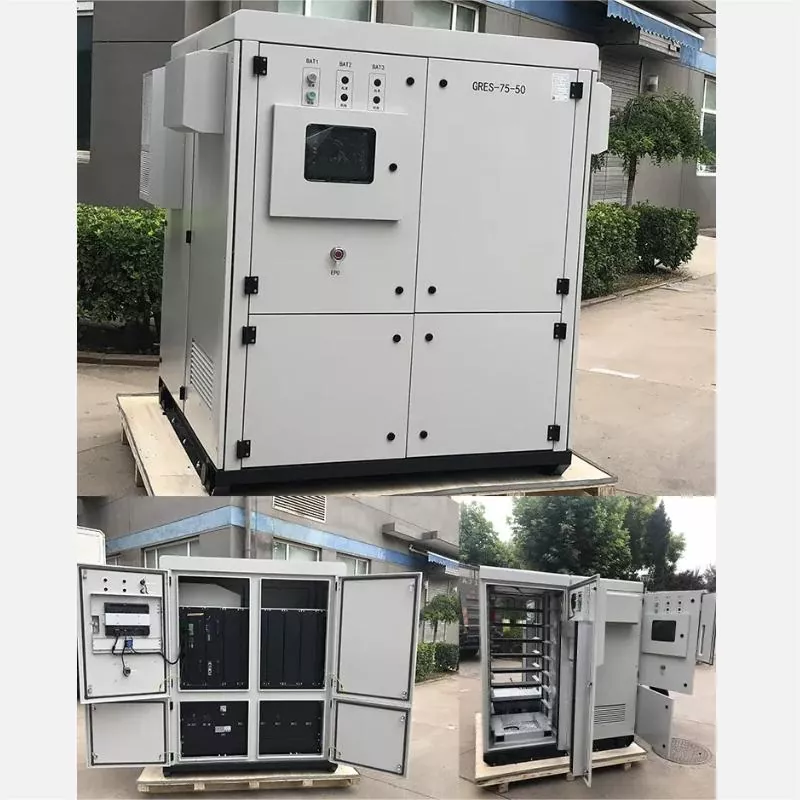Containerized Energy Storage System
Container energy storage system is centered around "high reliability+low TCO", using A-grade lithium iron phosphate battery packs (IP67 protection), paired with an intelligent BMS system, supporting operation at -30 ℃~55 ℃, and designed for a lifespan of over 10 years. Supporting ODM/OEM services, customizable 20 foot/40 foot cabinet types, integrated with optical storage and charging modules, have been successfully applied in more than 30 projects such as Southeast Asian industrial and commercial energy storage and European microgrids.
Send Inquiry
Nowadays, many countries are undergoing energy transformation, and under the background of the "dual carbon" strategy, the proportion of new energy generation such as photovoltaics and wind power is increasing. But these types of energy are all determined by weather factors, with volatility and intermittency. What if we encounter extreme weather conditions such as no wind, no sunshine, and cold and freezing weather, what about electricity supply?
Container type energy storage system is the installation of electrochemical energy storage units in standardized containers. These containers contain battery modules, battery management systems (BMS), energy management systems (EMS), energy storage inverters (PCS), thermal management systems, and other control hardware.
The battery module is responsible for "storage" and can store excess energy, making it the most important component of the energy storage system.
The bidirectional energy storage converter (PCS) is responsible for "execution" and controlling the charging and discharging process of the energy storage battery. On the one hand, it converts the AC power at the grid end into DC power to charge the battery, and on the other hand, it converts the DC power of the battery into AC power and feeds it back to the grid.
The Battery Management System (BMS) is responsible for "sensing", monitoring and evaluating the battery status at any time, and balancing the improvement of battery utilization.
The Energy Management System (EMS) is responsible for "decision-making", controlling the overall situation, managing the entire energy storage system, collecting data from the energy storage system, conducting network monitoring and energy scheduling, etc.
What are the advantages of containerized energy storage systems?
1. Modularity and Scalability: Due to the use of standardized containers, these energy storage systems were designed with scalability in mind. According to the needs, the number of containers can be increased or decreased, and the energy storage capacity can be flexibly adjusted.
2. Rapid deployment: Traditional energy storage facilities have a longer construction period, while containerized energy storage systems can be installed and put into use in a short period of time, greatly reducing the deployment time of projects.
3. Mobility and adaptability: Containerized energy storage systems can be easily moved from one location to another, making them ideal for temporary or mobile power needs such as outdoor activities, temporary construction sites, etc.
4. Strong environmental adaptability: Containers provide physical protection for the internal batteries and equipment, allowing the energy storage system to operate stably in harsh environments such as temperature, humidity, and dust.
5. Safety: The batteries and equipment inside the container are designed with multiple safety protection measures, such as fire and explosion prevention, to ensure the safe and stable operation of the system.
What are the application scenarios of containerized energy storage systems?
1. Grid regulation: helps balance supply and demand in the grid, especially by providing additional electricity during peak hours or storing excess electricity during off peak periods.
2. Renewable energy storage: The generation of renewable energy sources such as wind and solar energy is unstable, and containerized energy storage systems can store the electricity generated when wind or sunlight is sufficient for emergency use.
3. Emergency power supply: In natural disasters or other emergency situations, they can be quickly deployed as emergency power sources to provide power for rescue equipment.
4. Business and Industry: Commercial buildings or factories can use containerized energy storage systems to reduce electricity costs, especially during peak electricity prices.
In summary, these ultra large capacity portable "power banks" can be directly delivered to places in need of electricity, connected to the power grid through fast interfaces, and achieve energy storage and release. Deserts, Gobi, even snow and plateaus are important stages for them to "chase the wind and day by day". They store energy during their leisure time and discharge electricity during their busy time, converting infinite "wind and light" into a continuous stream of green electricity that is transmitted to all directions, lighting up thousands of homes.











